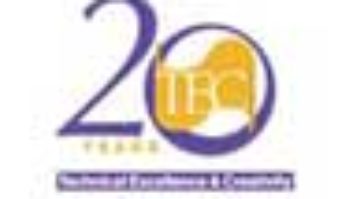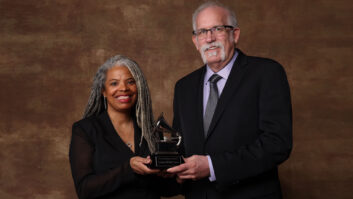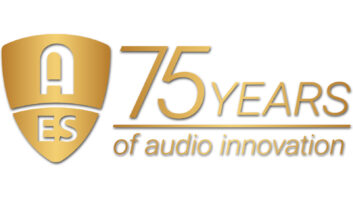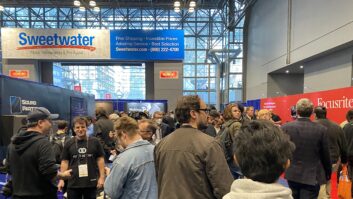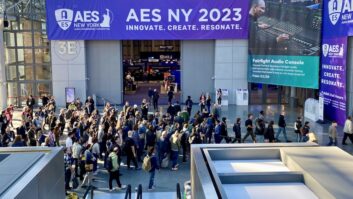Greetings & Welcome to AES Viewpoints!
We are now only five weeks away from the start of the 131stAES International Convention at the Javits Center in New York City. I have promised to help you know more about the activities that will be taking place there for your involvement. I hope that this will make the experience even more beneficial to you.

This week, we will spotlight the Technical Council, which was founded by the AES in 1979, with the intention of defining and consolidating the technical leadership of the Society for the benefit of the membership.
I have invited current Technical Council Chair, Robert Schulein, to explain more about the mission and operating objectives of this at the forefront, and ‘behind-the-scenes’ group.
Q – What is the AES Technical Council’s mission and how is it structured?
A – The council consists of the chairman, two vice-chairs and 24 technical committees that oversee the major fields within the audio industry <http://www.aes.org/technical/>. The Technical Council is like the chief technology officer of the society, fulfilling the need for us to stay current on all audio technology disciplines. We also interface with the Standards Committee to advise and assist in their creation of industry standards. The technical committees change as audio disciplines evolve. Our research and ideas influence elements of AES conferences, conventions, and publications. New committees are formed as technology spurs more scrutiny and conversation by our members.
Robert Schulein
Q – How does the AES Technical Council Function?
A – AES conventions offer opportunities for individual Technical Committees to meet twice a year on average, for purposes of planning and implementing activities such as Workshops, Paper Sessions, and Tutorials. Outside of the convention environment, the Technical Council maintains an Internet-based office or Virtual Office, open to committee members, where documents can be shared, stored, and group communications can take place.
Q – How does one become a part of an AES Technical Committee?
A– A good place to start is to visit <http://www.aes.org/technical/>, where you can learn about each Technical committee, their mission statement and current activity focus. Contact information is also provided, to formally request membership. You may also attend Technical Committee meetings during conventions, as they are open to all convention attendees.
Q – What does the Technical Council have planned for AES 131 in New York?
A – One of the highlights of each convention is the Heyser Memorial Lecture, named in honor of the late Richard C. Heyser. The distinguished lecturer for the 131st AES Convention is John Atkinson, who will speak on the topic “Where Did the Negative Frequencies Go?” which is a metaphor: All real numbers have two roots, yet we routinely discard the negative root on the grounds that it has no significance in reality. When it comes to understanding the perception of music, perhaps some of the things we discard as audio engineers merit further examination.
Atkinson’s formal education was in the sciences—he graduated from the University of London in 1972 with an honors degree in physics and chemistry, and from the University of London’s School of Education in 1974 with a postgraduate qualification in the teaching of high-school science—but his passion was always for music. A musician (primarily on bass guitar, but also on recorder, clarinet, violin, and viola da gamba), a sound recordist, and an audiophile, Atkinson pursued all three areas simultaneously in the 1960s and ’70s, before finally settling down in magazine publishing in 1976, when he joined the UK’s Hi-Fi News & Record Review as an editorial assistant. He became HFN/RR’s editor in 1982, and had almost doubled its circulation by 1986, when he moved to the US to become editor of Stereophile, the position he still occupies.
Please be sure to take advantage of these opportunities for professional growth by participating in these activities.
I look forward to seeing you at the Convention!

